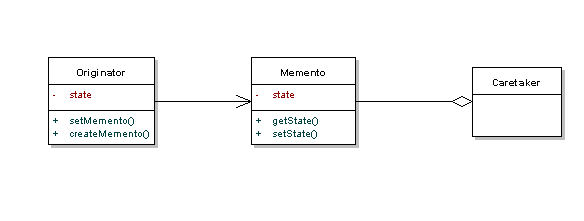I am doing some research into the Memento Pattern and I am generally new to behavioural patterns and with my research I have been getting pretty confused. One of the main things I have been getting confused on is the differences between the Memento Pattern and Serialization.
From what I can gather both can be used to store objects and have them brought back at a later date but I have not been able to find a clear cut answer on what the key differences between them are, maybe I have missed something in my research but I was wondering if anyone could shed some light on what the differences are between the two.
Thanks

